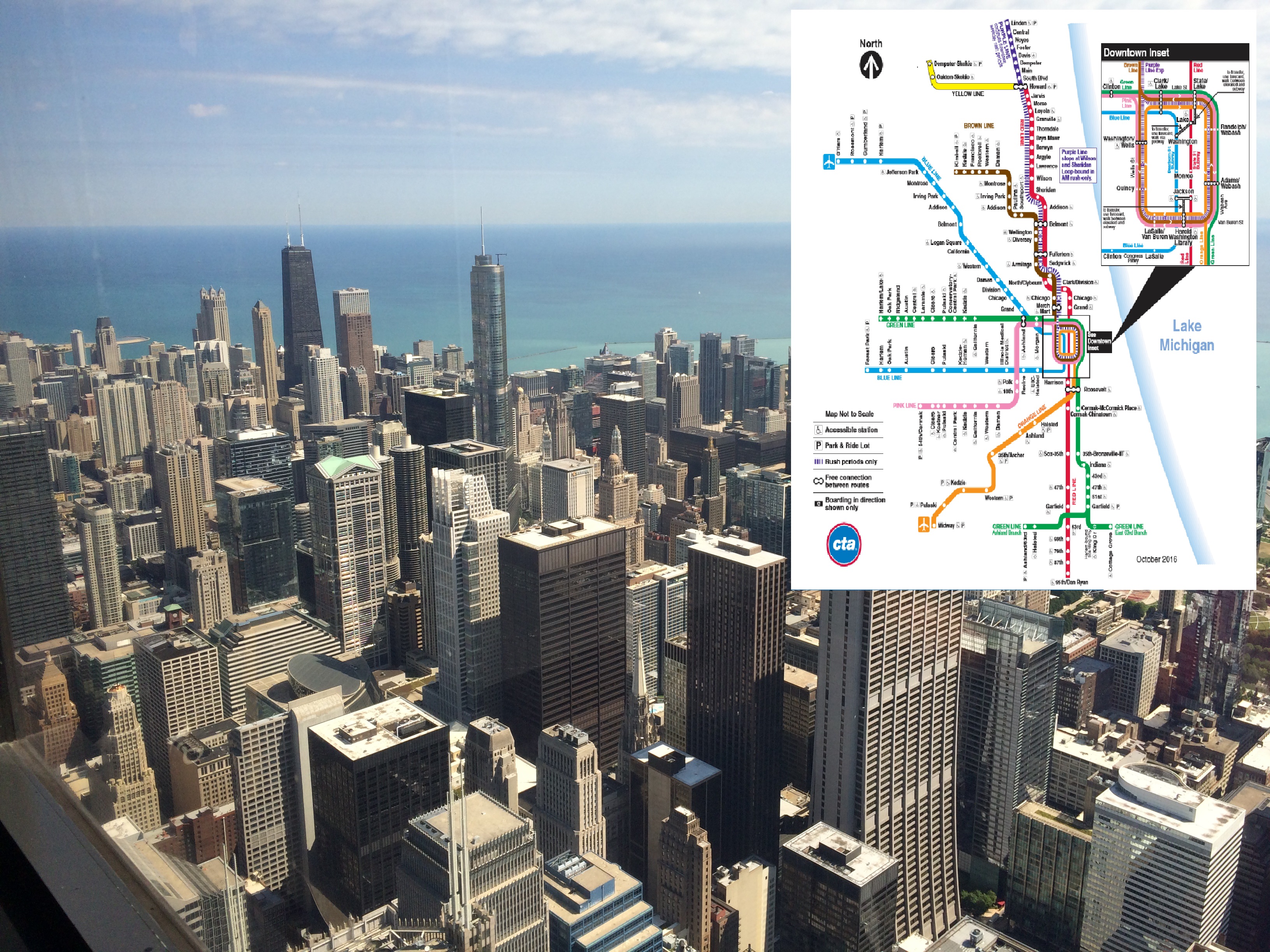
Uploaded on 2016-12-04 by HeikeLob
Chicago has a very attractive and especially during the day highly populated city center with a very high density. Most of the people who work or study commute daily by, car, train, bus or bike. The current transportation system can be easily combined with own or shared bikes and the city offers already a constantly expanding net of bike lanes. The Public transportation even reaches Chicago´s “Hinterland” and therefore provides attractive living conditions for people working in the city but living rather outside of its main center. The daily flow of people depends very much on the transportation infrastructure. The well known public transportation system provides a good infrastructure not only for the city areas but also connects many of the Chicagoland suburbs and its large international airport. Chicago also attracts tourists and business travelers depending on a transportation system which takes them around the city in a more or less efficient way. Based on constant changes of working or living habits the transportation system needs to adjust and adopt to changing city requirements. In case the mixture of several transportation alternatives are combined in an intelligent way, the daily commuters and the tourist or business travelers entering the city will experience a higher quality of living, working or visiting which will contribute to the city´s image as such. If the combined transportation offerings are and will not be adjusted to the requirements of the city, the city will lose its attractiveness and quality of habitat.